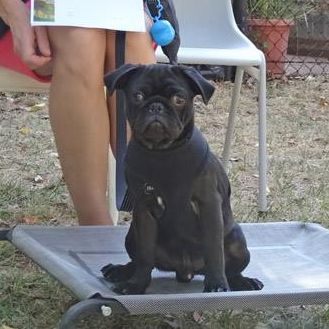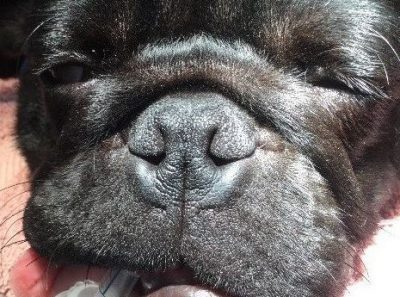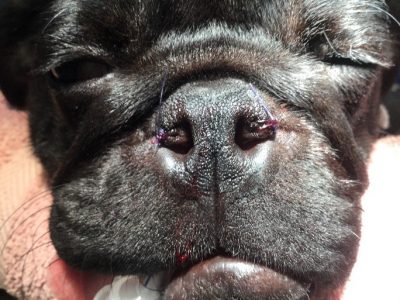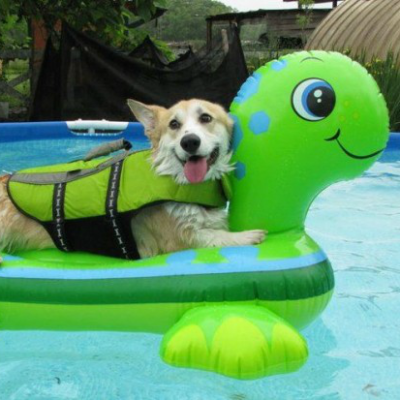Frankie is a very excitable and wriggly 5 month old Pug puppy that came in recently for desexing.

Frankie is very lucky, as his owners are well informed about some of the breathing problems that Pugs and other squishy faced (Brachycephalic) dogs such as Bulldogs and Boxers are prone to getting. Because of the excess soft tissues in their airways dogs with squished faces can have great difficulty breathing. It can even get to the point where these dogs collapse and need oxygen support and emergency treatment after something as little as a short walk on a warm afternoon.
So, while he was in for his desexing, we checked Frankie over to make sure he wasn’t going to have problems in the future. Frankie had very narrow nostrils which makes it much harder to breath in oxygen, and the effort of breathing in through narrow passages changes the pressures throughout the airways and lungs. Early intervention is key as these pressure changes can cause long term complications.
Try pinching your nose and then breathing through it, and then imaging breathing like that all the time, even when excercising. It’s certainly not comfortable, and can cause great distress for affected dogs during exercise, times of high temperature, and periods of stress.
While Frankie was under anaesthetic for his desexing, we surgically widened his nostrils. You can see the difference in his before and after photos below.


The good news is Frankie can now breathe more easily making him much happier and more comfortable. Frankie woke up as if nothing had happened and wanted nothing more than some food and some cuddles!

